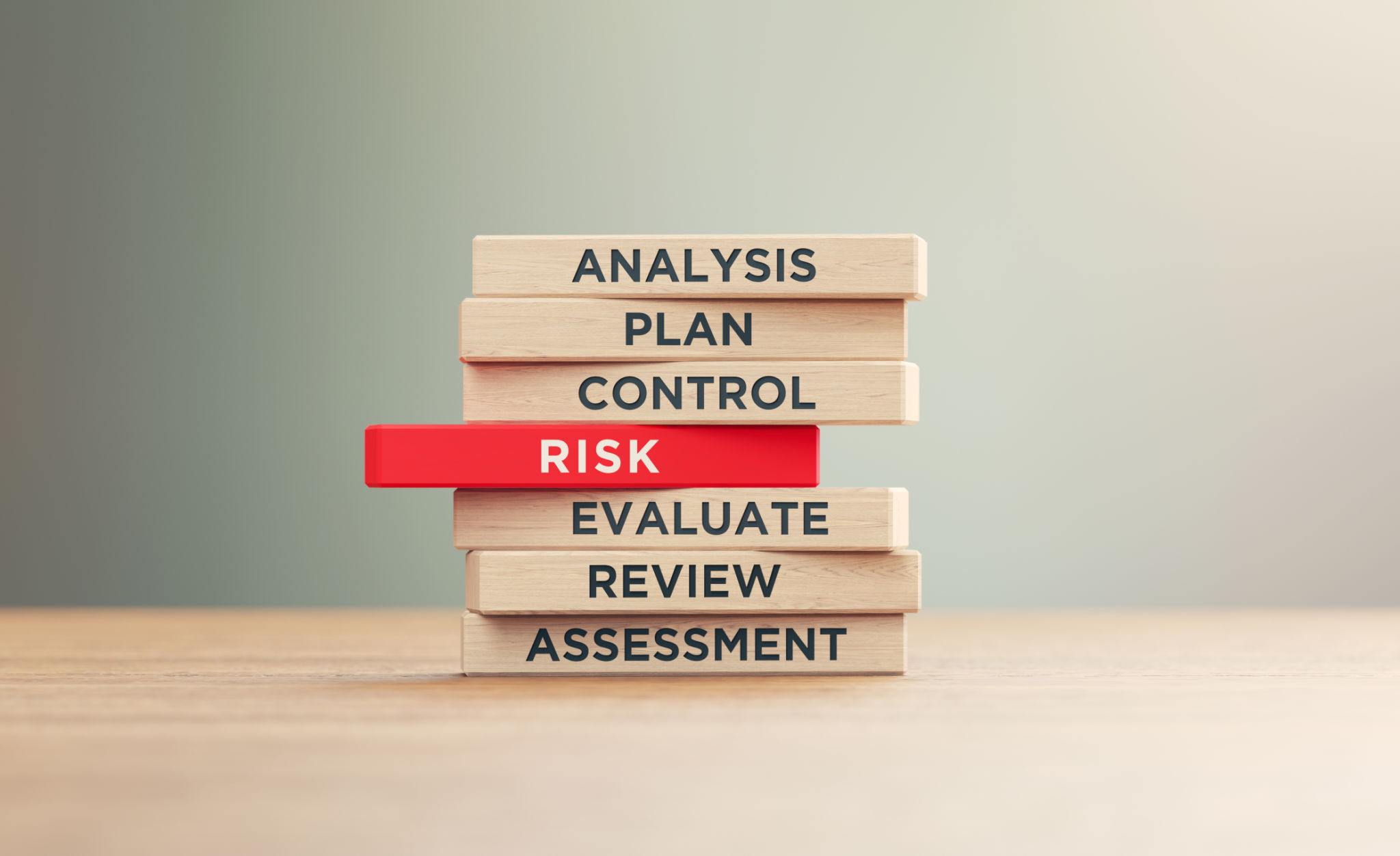How to Develop an Effective HACCP Plan: Expert Insights
Understanding the Basics of HACCP
Hazard Analysis and Critical Control Points (HACCP) is a systematic approach to food safety that aims to prevent contamination and ensure the safety of food products. It involves identifying potential hazards and implementing control measures at critical points in the production process. Developing an effective HACCP plan is essential for any food business, as it not only ensures compliance with regulations but also protects consumers from potential risks.

The first step in creating a successful HACCP plan is understanding the seven principles that form its foundation. These principles guide the identification of hazards, determination of critical control points (CCPs), establishment of limits and monitoring procedures, and implementation of corrective actions. A thorough understanding of these principles is crucial for developing a plan that effectively mitigates risks.
Conducting a Hazard Analysis
The hazard analysis is a critical component of any HACCP plan. It involves identifying biological, chemical, and physical hazards that could potentially affect food safety. This step requires a comprehensive evaluation of each stage of the production process, from raw material sourcing to final product delivery. By pinpointing where hazards could occur, businesses can better prepare to address them.

Involving a team of experts with diverse backgrounds can enhance the hazard analysis process. This team should include individuals with knowledge in areas like microbiology, engineering, and food technology. Their insights can help in accurately assessing risks and identifying effective control measures.
Determining Critical Control Points
Critical Control Points (CCPs) are stages in the food production process where controls can be applied to prevent or eliminate food safety hazards. Identifying these points is essential for ensuring that potential risks are managed effectively. The selection of CCPs should be based on a detailed analysis of the process flow, considering factors such as ingredient interactions and processing conditions.
Once CCPs are identified, businesses should establish critical limits for each point. These limits define the boundaries that must be maintained to ensure food safety. Monitoring procedures should also be put in place to regularly assess these points and ensure compliance with established limits.
Establishing Monitoring Procedures and Corrective Actions
Monitoring procedures are essential for verifying that critical control points remain within established limits. These procedures should be clear and systematic, allowing for consistent evaluation of CCPs. Regular monitoring ensures that any deviations are promptly identified and addressed.

When deviations occur, corrective actions must be implemented immediately to prevent compromised food safety. These actions should be predefined and documented in the HACCP plan, ensuring that staff can respond quickly and effectively to any issues that arise.
Maintaining the HACCP Plan
An effective HACCP plan is not static; it requires ongoing maintenance and review. Regular audits and evaluations help ensure that the plan remains relevant and effective in addressing current risks. Businesses should also stay informed about changes in regulations or industry standards that may impact their HACCP plan.
Training staff regularly on the principles and procedures outlined in the HACCP plan is vital for maintaining its effectiveness. Well-informed employees are better equipped to identify potential issues and contribute to a safe food production environment.

In conclusion, developing an effective HACCP plan requires a thorough understanding of food safety principles, a detailed hazard analysis, and the establishment of robust monitoring and corrective procedures. By committing to these practices, businesses can ensure the safety of their food products and protect their consumers.
